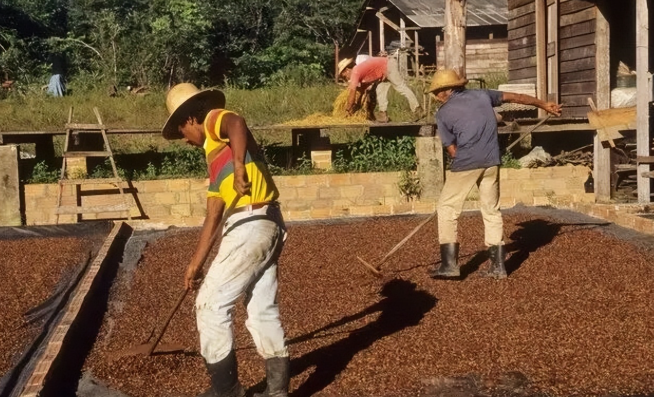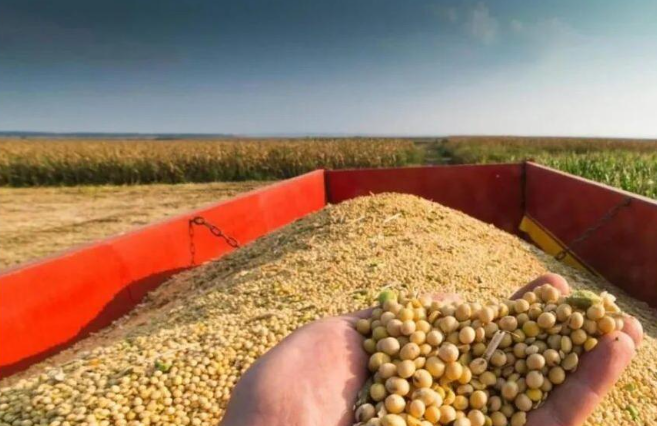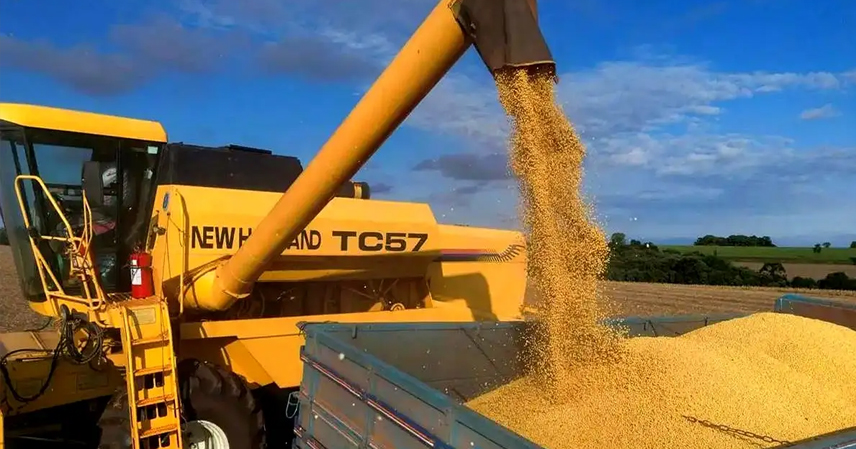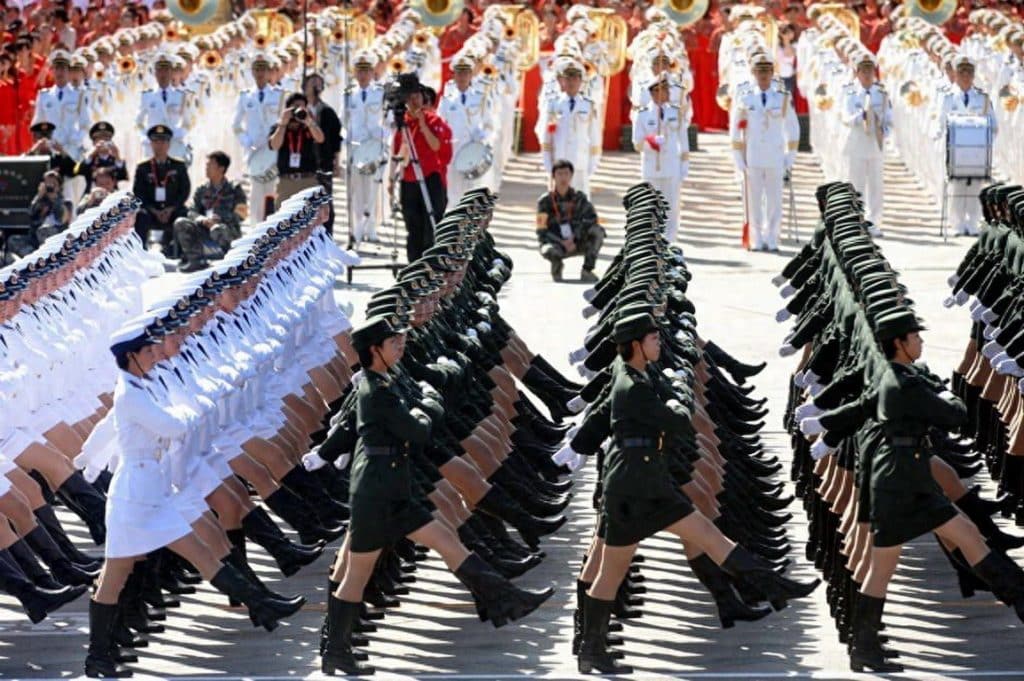In a move that sent shockwaves through the global grain market, Chinese importers have suddenly suspended soybean purchases from Brazil for December and January shipments.
Yes — not a slowdown, but a full pause.
China, the world’s largest soybean importer with over 100 million tons imported annually, has long been Brazil’s most lucrative customer. In recent years, Brazilian soybeans dominated China’s supply chain, bringing Brazil record profits.

So how did Brazil repay its biggest buyer?
By raising prices sharply and betting that China had no alternative.
1. Why Did Brazil Overplay Its Hand?
Brazil’s confidence came from three assumptions — all of which are now collapsing.
(1) The U.S. Was Out of the Game
Since May, China’s soybean imports from the U.S. have dropped to zero.
American farmers are struggling — with Midwest grain silos at over 98% capacity, many are forced to store beans under tarps. In October, a 27-meter silo in Illinois collapsed, spilling 816 tons of soybeans — a vivid symbol of a broken supply chain.
(2) Few Alternatives for China’s Massive Demand
Brazil believed it was irreplaceable.
Argentina’s production is volatile, Russia and Uruguay lack scale, and China consumes 110 million tons annually while producing only about 20 million tons domestically.
From Brazil’s perspective, China simply “had to buy.”
(3) Manipulating the Market for Short-Term Gain
After the harvest, Brazilian exporters hoarded soybeans, betting that China’s reliance would allow them to push prices higher.
The result?
Export prices surged from $565 to $628 per ton in just three months — an 11% increase — with premiums over Chicago futures reaching nearly $3 per bushel, far beyond rational levels.
Brazil thought China would swallow it.
They were wrong.

2. China’s Silent Counterstrike: A Pause That Stings
When China’s buyers hit the pause button, it caught Brazil off guard.
Within days, Brazilian ports were jammed, storage facilities hit capacity, transportation costs soared, and cash flow tightened for traders.
Then came the real surprise —
China turned to Argentina, signing a massive 1.3-million-ton order within two days, equal to one-third of its usual monthly imports.
Why Argentina?
Because Buenos Aires temporarily removed export taxes, slashing the soybean tax from 26% to zero, making Argentine beans suddenly far more competitive.
With each ton of Argentine soybeans now earning Chinese crushers about ¥200 in profit, it was a deal too good to ignore.
3. China’s Hidden Strength: Three “Trump Cards”
Brazil’s biggest mistake was assuming China had no alternatives.
In reality, China had long prepared for this moment with three strategic reserves:
(1) Massive National Reserves
China’s state grain reserve, Sinograin, holds over 2 million tons of soybeans in Northeast China. If prices rise too fast, Beijing can release reserves to stabilize the market instantly.
(2) Diversified Import Channels
China imported soybeans from 16 countries in 2024, doubling Argentina’s exports to 4.1 million tons. Uruguay, Canada, and Russia are expanding their shares too.
If one door closes, China simply opens another.
(3) Technological Substitution
Feed manufacturers are reducing soybean dependence by blending rapeseed meal and cottonseed meal — from 10% to 15% of total use.
In 2024, feed giant New Hope Group sourced less than 2% of raw materials from the U.S., relying instead on domestic and diversified protein sources.
In short, soybeans are no longer irreplaceable.
4. Who Really Wins This Game?
By chasing short-term profits, Brazil has jeopardized its long-term market position.
It could have capitalized on America’s retreat to cement a stable, strategic partnership with China. Instead, it chose greed — and now faces consequences.
China’s message is clear:
In a globalized market, no supplier is indispensable.
Try to monopolize supply, and China will diversify.
Hike prices unfairly, and China will shift to better-value sources.
This soybean battle isn’t just about price — it’s about control over the global supply chain.
For decades, producers dictated terms. Now, as the world’s largest buyer, China is asserting its right to set the rules.

5. The Future: A New Soybean Landscape Emerges
Brazil’s regret may already be too late.
China’s import structure is undergoing a fundamental transformation:
- Soybean acreage in Northeast China expanded by 15% this year, exceeding 160 million mu (around 10.7 million hectares).
- New contracts have been signed with Argentina, Uruguay, Russia, and Kazakhstan.
- Agricultural cooperation projects in the Middle East and Africa are accelerating.
China’s message is unmistakable:
Its food security system will not rely on any single country.
Brazil’s attempt to profit from scarcity might backfire, losing the Chinese market altogether.
Because what China is building is resilience — not dependence.
Conclusion: Greed Is Costly, and Brazil Just Learned the Lesson
Brazil’s confidence was built on misjudgment —
misjudging China’s options, its strategy, and its determination to safeguard food security.
China’s calm response, on the other hand, stems from years of preparation — with reserves, alternatives, and technological flexibility.
When Brazil tried to play hardball, China simply said “pause” — and meant it.
This standoff sends a clear warning to all commodity exporters:
To keep the Chinese market, long-term trust and fair pricing matter more than opportunism.
Because in global trade, trust is the most valuable currency — once lost, it’s nearly impossible to earn back.
Brazil may have gained a quick profit,
but it could lose the entire future of its trade with China.
And that’s a mistake no amount of soybeans can fix.



